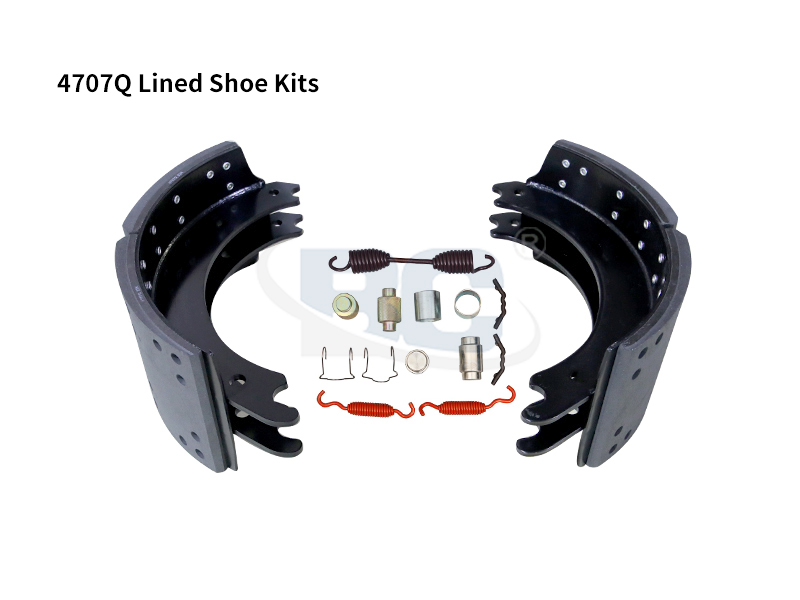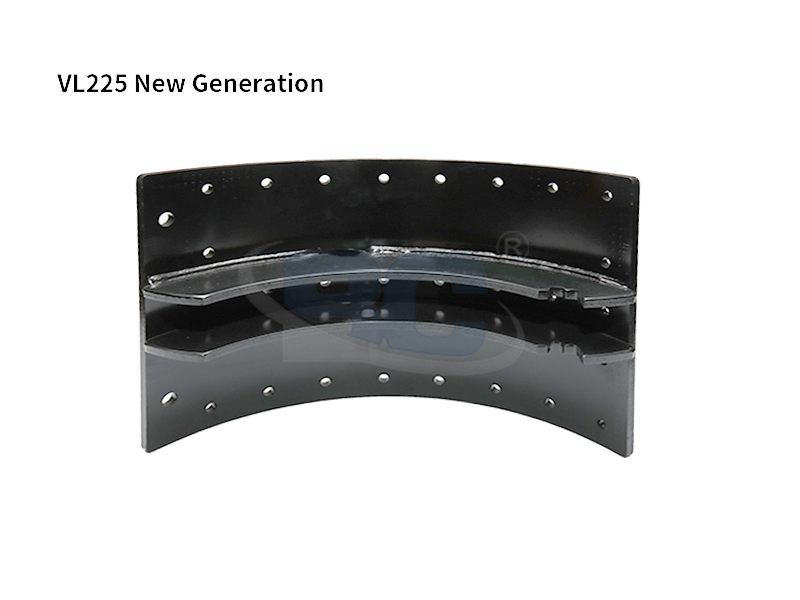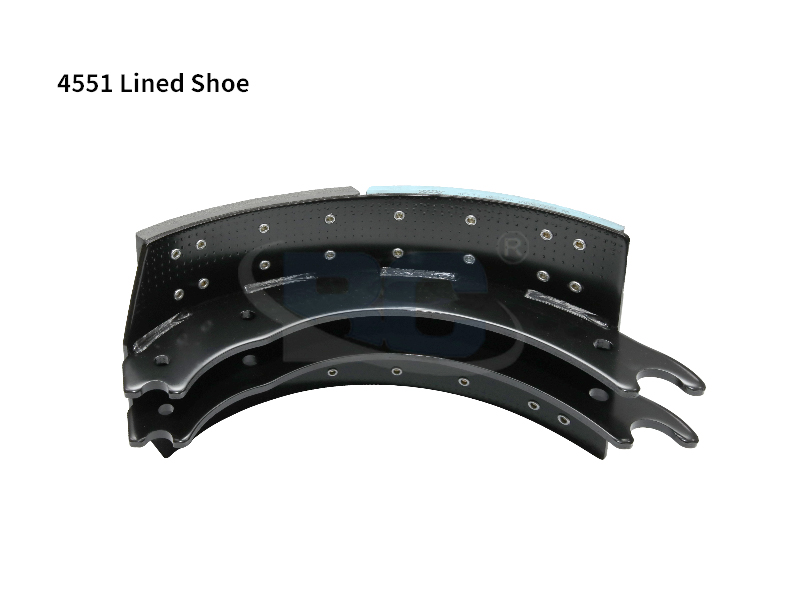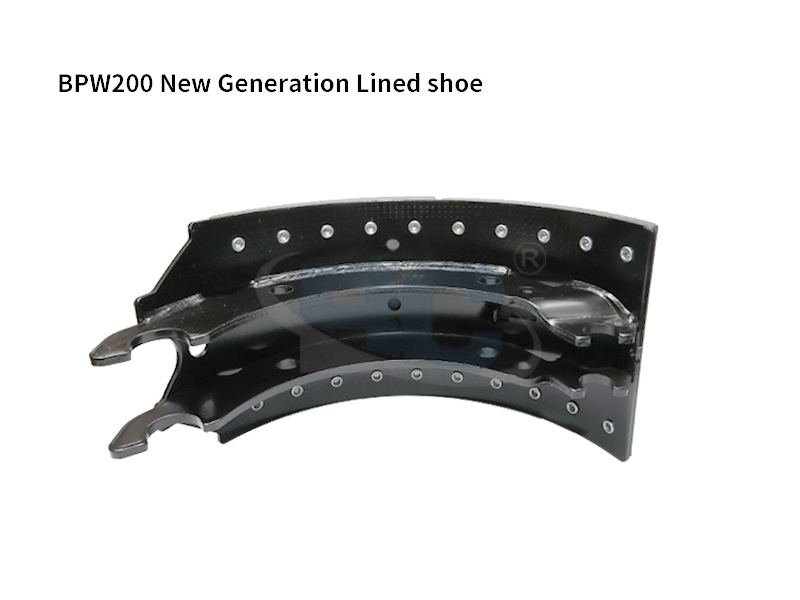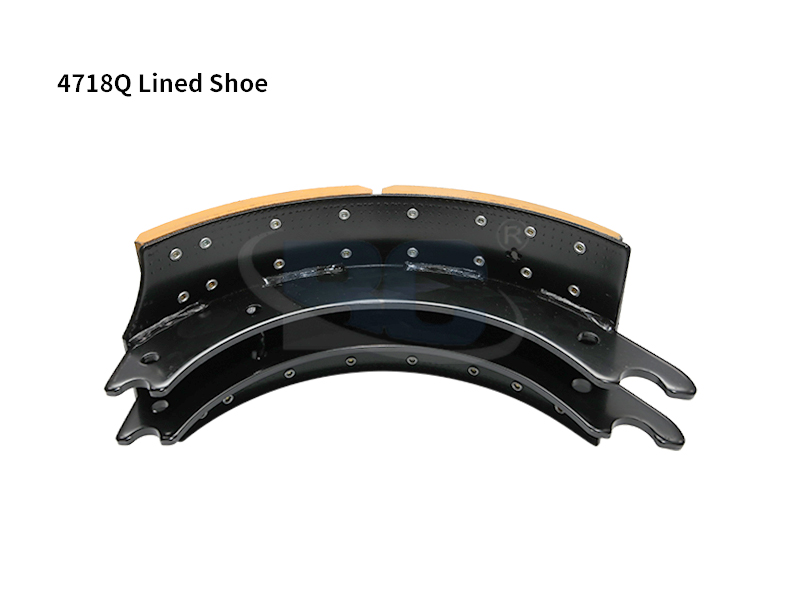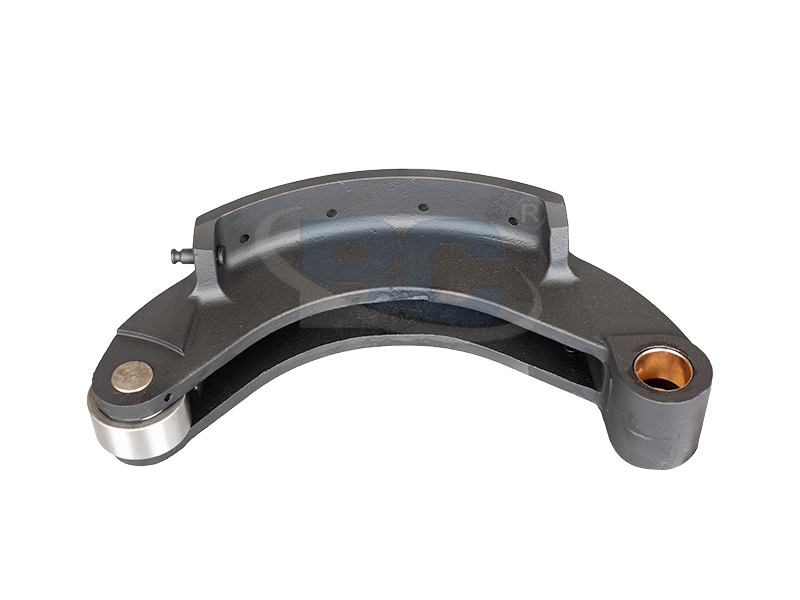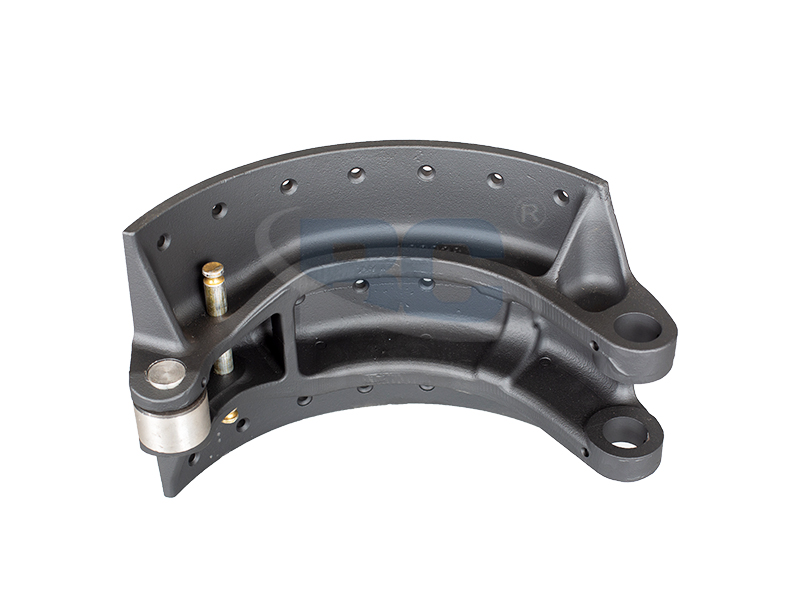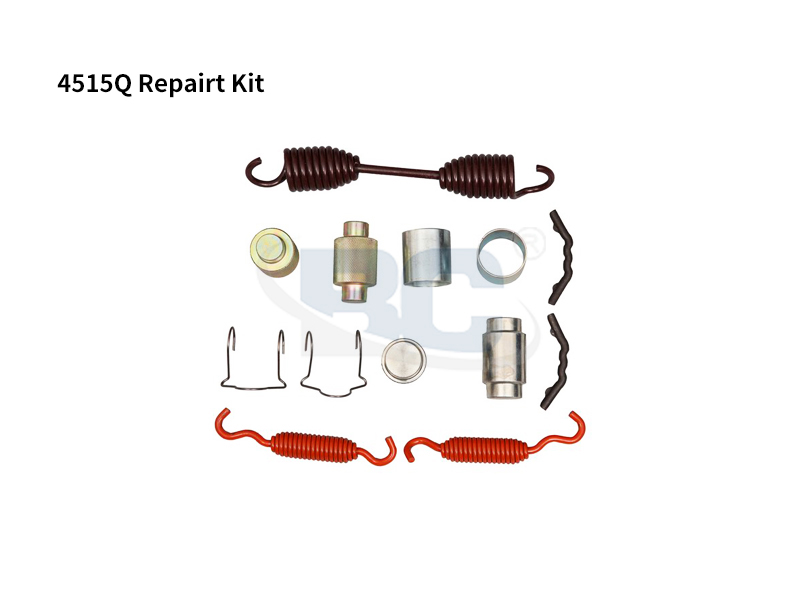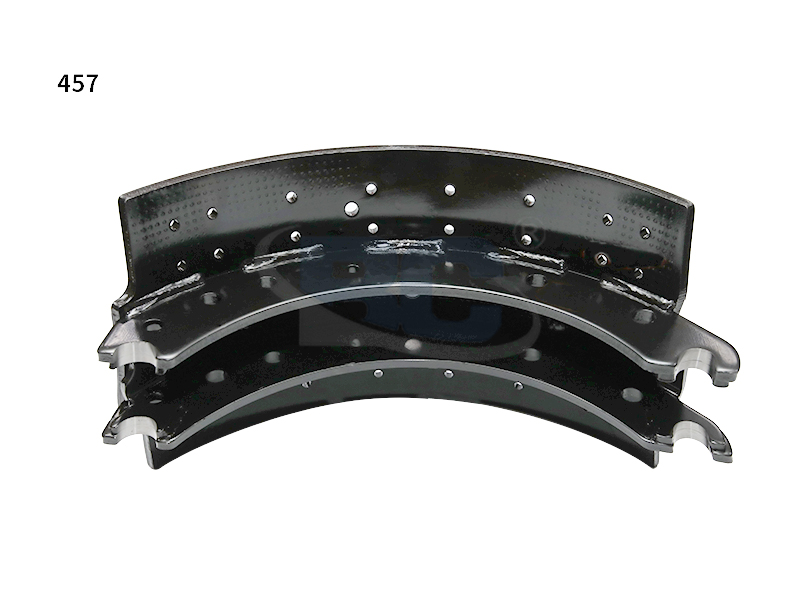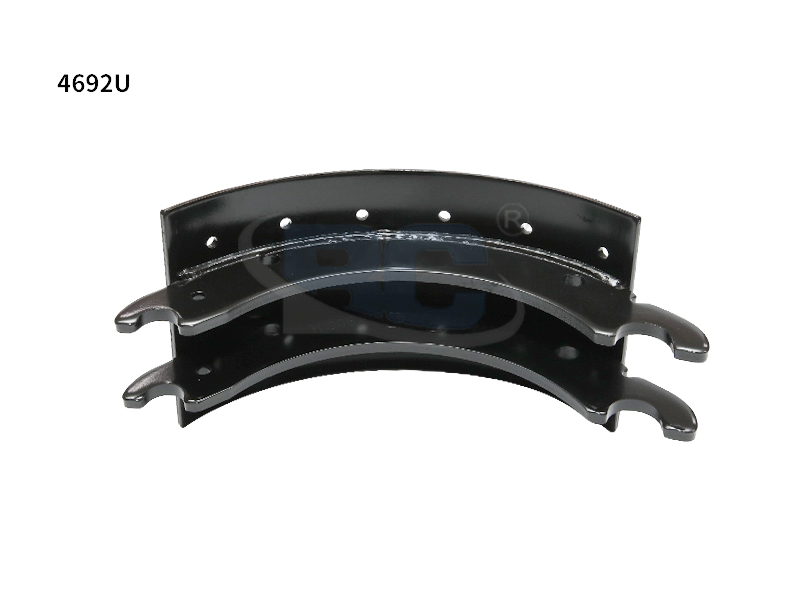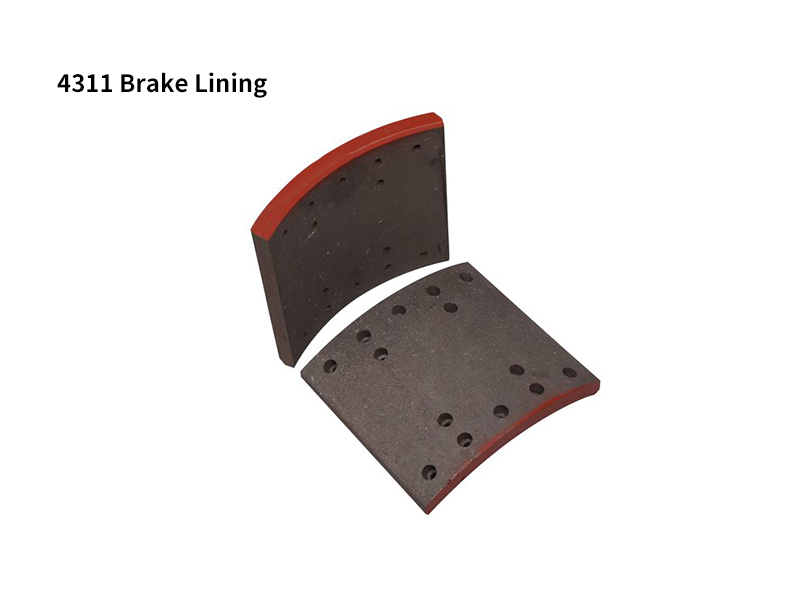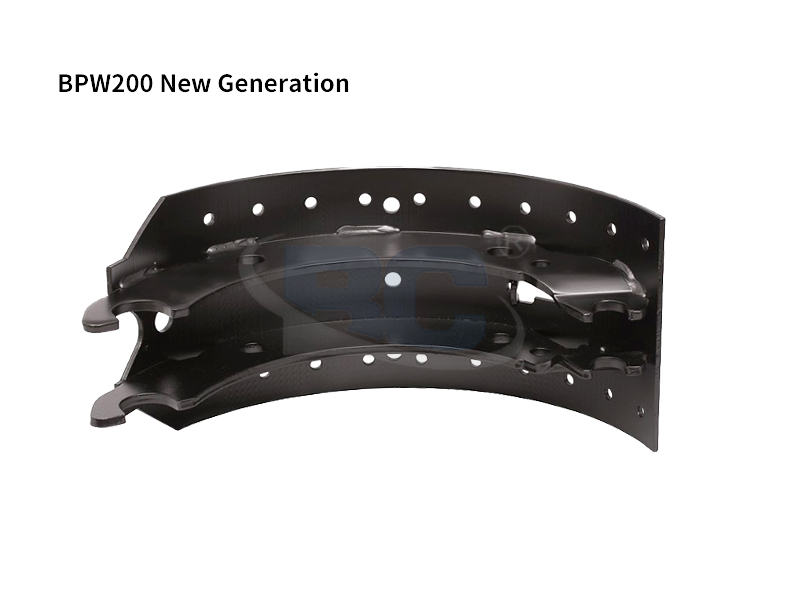Brake pads are one of the highest-volume parts in the aftermarket. Brake pads are a wear item, and usually after 35,000 to 70,000 miles of driving, most pads are worn to the point where replacement is necessary or recommended. The life of the pads can vary greatly depending on the friction material, the brake system on the vehicle, the size and weight of the vehicle and the type of driving. Stop-and-go city driving and aggressive driving can wear out any type or brand of brake pads very quickly.
The thickness of the pads can often be inspected without having to remove or disassemble the calipers. Pads should be replaced when they reach the minimum thickness specified by the vehicle manufacturer or state law. Many new pads have linings that are about a half-inch thick. By the time molded pads are worn down to about an eighth of an inch, it’s time for new pads. Pads with riveted linings have less margin for wear. Riveted pads should be replaced when the linings are worn to within 1/32th of an inch of the rivet heads. If the pads wear down to the rivet heads, it can score the rotors.
Measuring the thickness of the brake pads can sometimes be confusing because procedures vary depending on the application. Most minimum thickness specifications are for the linings only. But some include the backing plate as well as the lining in the dimension.
On applications that have wear indicators on the pads, new pads are needed when the indicators make contact with the rotor and start to squeal.
Brake pads should also be replaced if they are found to be worn unevenly. Taper wear indicates misalignment in the caliper. If the inner pad is worn more than the outer pad, the caliper is sticking. The caliper should be removed so its mounts and bushings can be cleaned, inspected and lubricated. If rust or damage is preventing a sliding caliper from centering over the rotor, it may be necessary to replace the caliper mounting hardware or the caliper itself.
Contamination may be another reason to replace a set of brake pads. Brake fluid from a leaky caliper can contaminate the linings, causing the vehicle to brake unevenly. The same thing can happen if oil or grease get on the linings.
Brake pads may also be replaced at any time to upgrade braking performance, or to cure a brake problem such as brake squeal or excessive brake dust. These are upgrade opportunities that require product knowledge and talking with your customer to find out what their needs are, and which type of replacement pads would best satisfy those needs.
When looking up replacement pads for a vehicle application, you will usually find a range of good, better and best listings from your brake pad suppliers. The least expensive economy pads are adequate for normal driving, but may not provide the best wear, noise suppression, stopping power or fade resistance compared to high-grade premium or specialty pads. Premium pads usually have extra noise suppression features, such as chamfers and shims (which may even be molded into the pad itself), to assure quiet braking performance. Special coatings may also be on the pads to assist with pad break-in.
Friction materials include a wide variety of nonasbestos organic (NAO) materials, ceramics, low metallic and semi-metallic compositions. The best advice here is to follow the recommendations of the brake supplier for which type of friction material is best suited to a particular application.
Semi-metallic linings are excellent for high-heat, high-load applications such as the front pads on large SUVs, performance cars and hard use vehicles such as police cars and taxis. However, the hard nature of semi-metallic linings (which include a lot of chopped steel fibers) often increases rotor wear and noise.
Many late model cars and light trucks are factory-equipped with ceramic brake linings. Ceramic linings have a number of advantages compared to semi-metallics and NAO friction materials:
1. Quiet operation (much quieter than other types of pads!)
2. Smooth, rotor-friendly braking (less wear on pads and rotors)
3. Cleaner braking (no more annoying black dust on wheels)
As a rule, the same type of friction linings (ceramic, semi-metallic, low-metallic or NAO) are normally recommended to replace the original pads. This will restore the same-as-new brake feel and performance. But in cases where a customer is not happy with their original brake pads, upgrading to something different is always an option.
A common upgrade is to replace the original NAO or low-metallic pads that are wearing out too quickly or are generating too much ugly black brake dust with ceramic pads. Ceramic pads can also replace original equipment semi-metallic pads on many applications if brake noise or rotor wear is an issue. However, substituting ceramic pads for semi-metallic pads on large heavy SUVs is usually not recommended. For high-performance, high-temperature and hard-use applications, semi-metallics are a good upgrade from stock NAO or ceramic linings.
Customers who are replacing brake pads may also need to have their rotors resurfaced or replaced if the rotors are too badly worn to be resurfaced, cracked or have hard spots. Other items that may be needed include calipers, brake lines and hoses, brake lubricant (for the calipers), and brake fluid.

 English
English 简体中文
简体中文